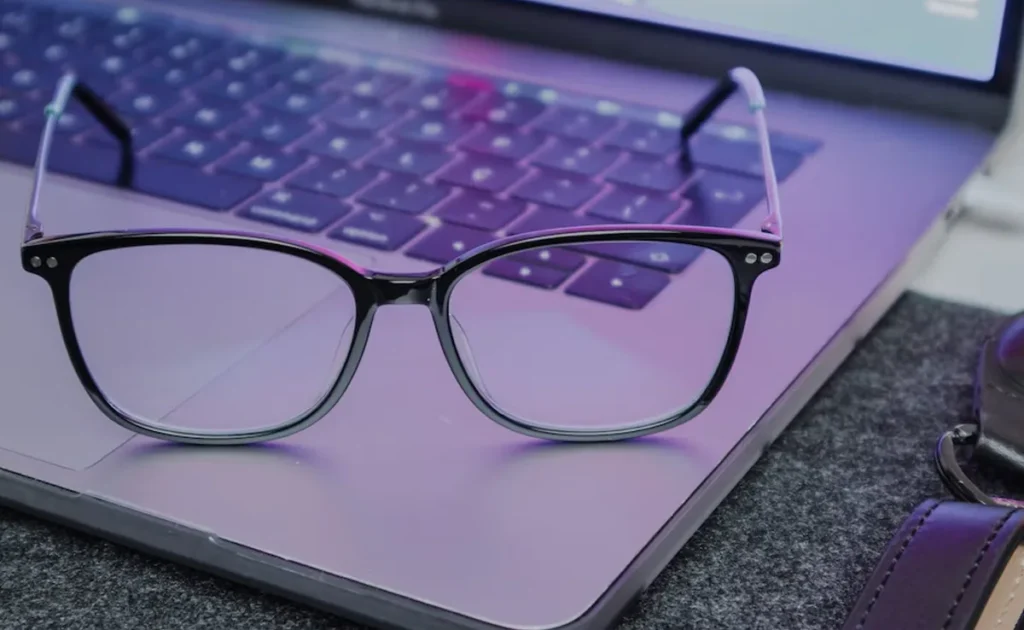
Recent increases in screen time have prompted greater interest into blue light filters and glasses. Manufacturers claim blue light filters and glasses protect eyes and improve sleep, but the supporting science is quite nuanced.
Blue Light Effects on Our Bodies
Blue wavelengths (415-455nm) emitted from screens and LEDs can influence the following:
Melatonin production – Suppression causing sleep onset to delay for 30-60 minutes
Circadian rhythms – Shifting the biological clock due to evening exposure
Eye strain – Possibly contributing to symptoms of digital eye fatigue
Studies done by Harvard Medical School have confirmed that blue light affects sleep much more than any other wavelength.
Evaluating Blue Light Blockers
Studies on the effectiveness have contradictory results:
For Improving Sleep:
- Successful studies have shown amber lenses moderately effective when worn 2-3 hours before sleeping.
- Software filters (such as Night Shift) have to some degree a limited effect on melatonin secretion.
- Complete avoidance of screens continues to be the most effective option.
Eye Health:
There is no definite proof to either prevent or promote retinal damage long-term.
They can also relieve symptoms of digital eye strain in 45% of individuals.
Anti-reflective coatings usually give the same comfort of use.
Practical Recommendations
For anyone considering blue light solutions:
Set a priority for screen curfews (1-2 hours prior to sleep).
Use the 20-20-20 Rule (take a 20-second break every 20 minutes).
Try non-optical interventions first (warmer lighting, matte screen protectors).
Consult optometrists for individual evaluation.
The American Academy of Ophthalmology points out that blue light glasses are not clinically warranted in most individuals. Those who suffer from ongoing sleep interference or eye strain should first attempt to modify screen use practices and the lighting environment before looking into blue-light-filtering lenses. Marginally beneficial to a small segment of users, blue light-blocking lenses are not a one-size-fits-all solution for digital wellness concerns.
Evidence at the moment argues that the consistency of behavioral therapy is greater than optical filters alone. Further investigations will elucidate that the greatest way to approach the issue would be to apply multiple strategies targeting unique sensitivities and work criteria.
